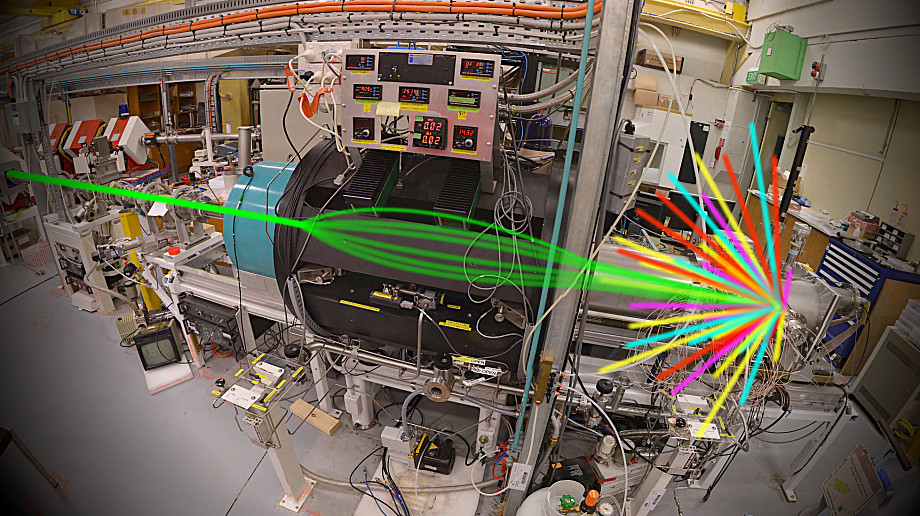
Heavy-ion fusion reactions allow us to create new elements, explore quantum coupling effects, probe the structure of exotic nuclides, and provide potential tests of many-body quantum tunnelling. Despite the problem often involving hundreds of nucleons, particular coherent couplings – for example, inelastic excitations or the transfer of individual nucleons – can have a very significant impact on fusion cross sections.
One example can be found in the complete fusion cross sections of light, weakly bound nuclides (6Li, 7Li, and 9Be), which are suppressed with respect to theoretical expectations by 25-35%. Their weak binding means that they have distinctive cluster structures (6Li≡α+d, 7Li≡α+t, and 9Be≡α+α+n) and the interaction with the target can cause these projectiles to disintegrate into clusters. As a result, only a part fuses with the target (incomplete fusion), reducing the complete fusion cross section. Understanding these breakup modes, and how they influence fusion is a major challenge in nuclear reaction dynamics.
Here we consider stochastic classical dynamical models, which provide the only viable method to understand the detail of these near-barrier breakup reactions. These simulations indicate that the correlations of the fragments resulting from breakup are sensitive to changes in the location of breakup that correspond to timescales of zeptoseconds (10-21 seconds). As a result it is crucial to consider the structure of the intermediate nuclei, and the lifetimes of any resonances present. We will review these developments and consider the future prospects.
Dr Edward (Ed) Simpson received his PhD in nuclear theory from the University of Surrey in 2009, winning the inaugural UK Institute of Physics Nuclear Physics Group Prize in 2010.. He has worked on a wide variety of topics in nuclear physics including astrophysical reaction rates, reactions with millisecond metastable states, nuclear structure from Carbon (Z=6) to Bismuth (Z=84), and reactions for hadron therapy. He is currently a Research Fellow in the Department of Nuclear Physics at the Australian National University, investigating near-barrier direct reactions, heavy-ion fusion, and reactions with exotic nuclides.
Room:
RSPE Seminar Room (414)